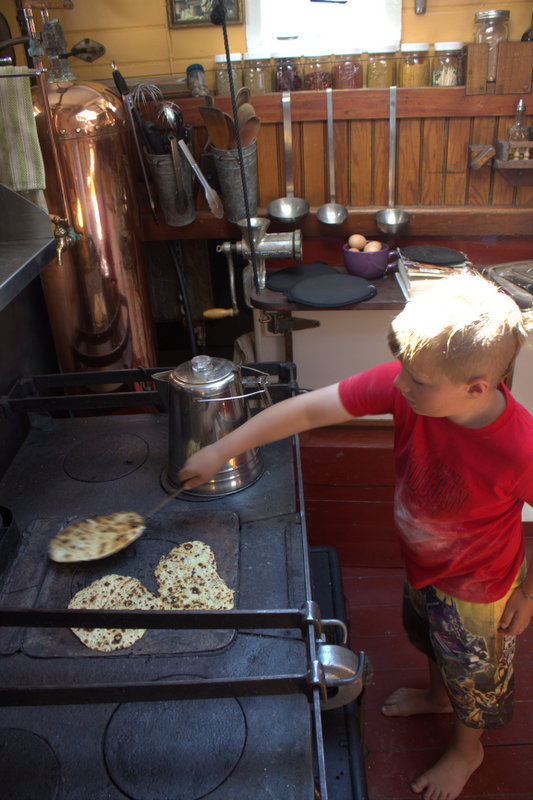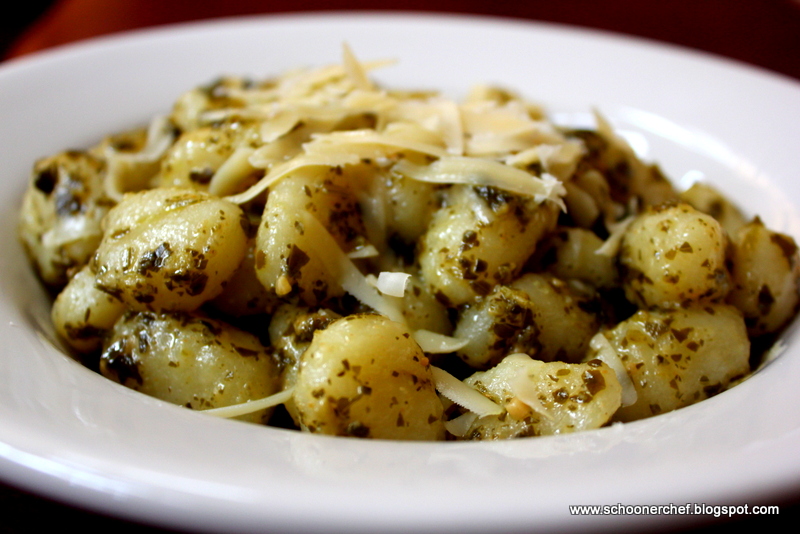A recent find at the local Goodwill. Two steamed pudding molds. Other than Boston brown bread, I had not made a steamed pudding before, and now, with the holidays fast approaching, I gathered up the necessary ingredients, plugged in my Westinghouse roaster, and went to work.
| Ingredients: For the Pudding: 1/2 cup (1 stick/ unsalted butter, softened, plus extra for the pudding mold 1 cup granulated sugar 1 cup sifted all-purpose flour 1 cup persimmon pulp (from 2 to 3 ripe persimmons, peeled and seeded) 1 tablespoon dark rum 2 large eggs, slightly beaten 2 teaspoons baking soda mixed with 2 teaspoons warm water 1/2 teaspoon vanilla extract 1/2 teaspoon ground cinnamon 1 teaspoon ground ginger 1 teaspoon ground cloves 1/2 cup chopped walnuts 1 cup dried figs, diced To Make the Pudding: In a large bowl, cream together the butter and sugar with an electric mixer at medium speed. Add the flour, 1/2 cup at a time, alternating with the persimmon pulp, rum, eggs, and baking soda/warm water mixture. Stir in the vanilla, spices, walnuts, and figs, mix on low until the batter comes together, about 5 minutes. Butter the top and bottom of a 2-quart pudding mold with a lid. Spoon in the mixture. Put the buttered lid on tightly and lock into place. Put the mold in a bigger pot filled with water to come halfway up the side of the mold; cover the pot. Note: It is necessary to have a well-buttered mold and enough water for ample steam for the pudding to cook correctly. Bring the water to a simmer and let simmer over low to medium-low heat for about 2 hours. Make sure the water doesn't evaporate; add more hot water if it does. The pudding should be checked with a cake tester once it's been steaming for 1 1/2 hours. When the tester comes out clean, the pudding is done. Take the mold out of the water, remove lid, and unmold when cool, about 45 minutes to 1 hour. While the pudding is steaming, prepare the hard sauce. To Make the Hard Sauce: Cream the butter and sugar together with an electric mixer. Beat in the brandy. Chill at least 1 hour. Serve with the warm pudding. Pudding is best served warm, but may also be served at room temperature. If desired, garnish pudding with confectioners' sugar. Slice pudding and serve with hard sauce. |














































